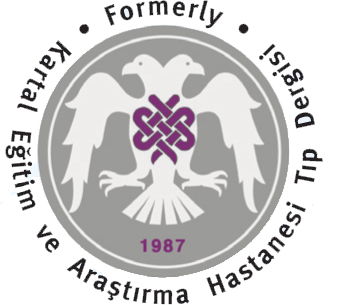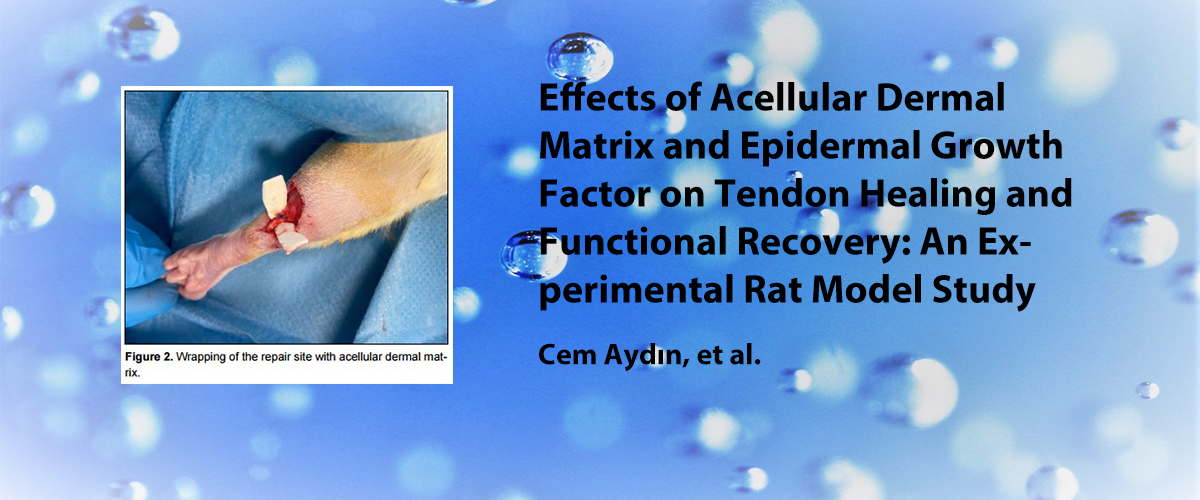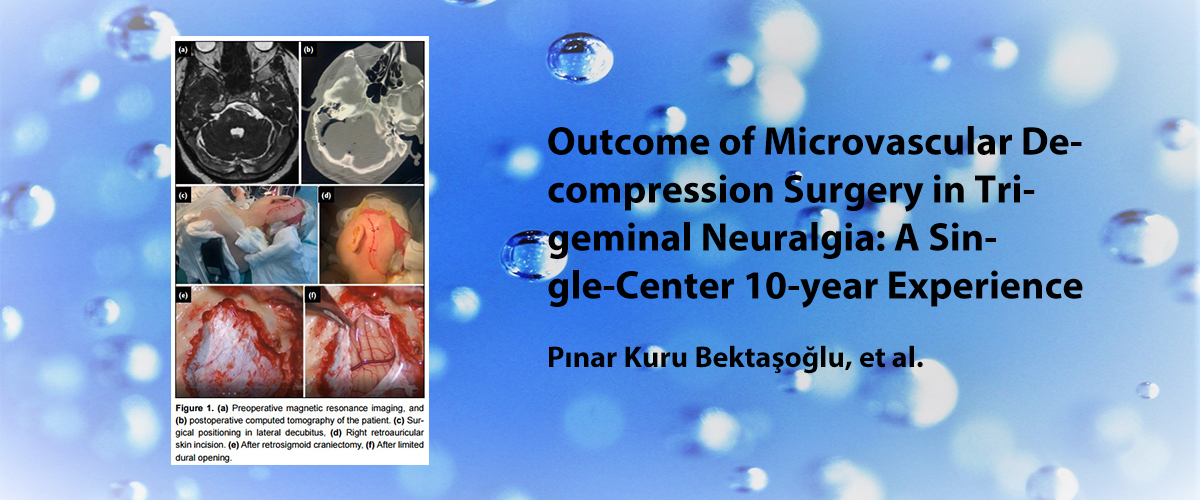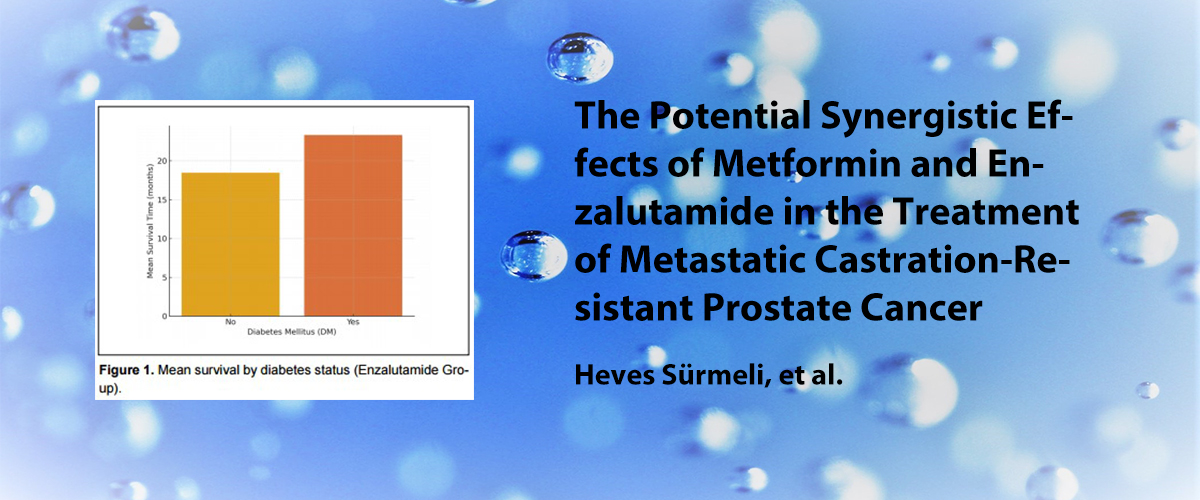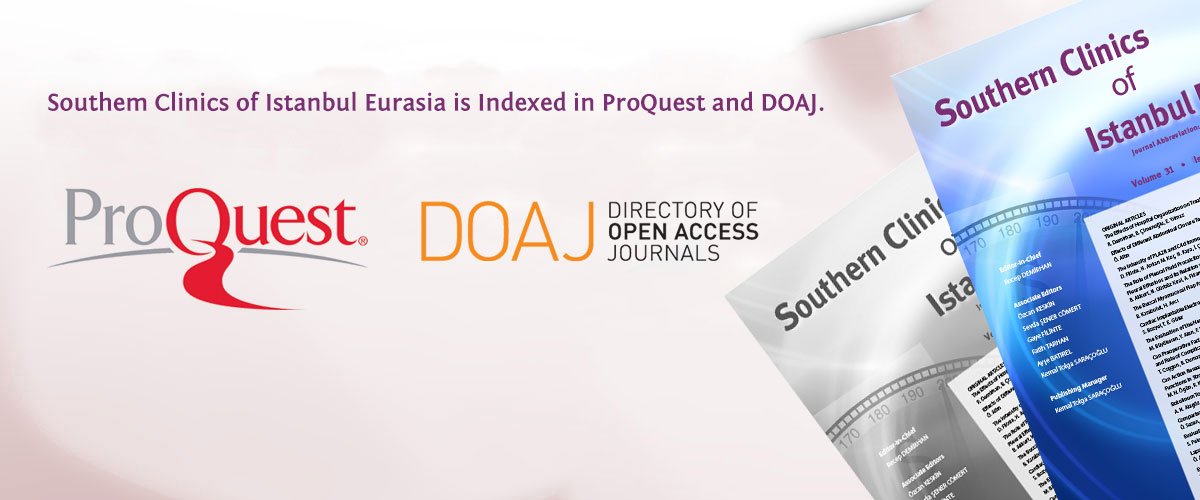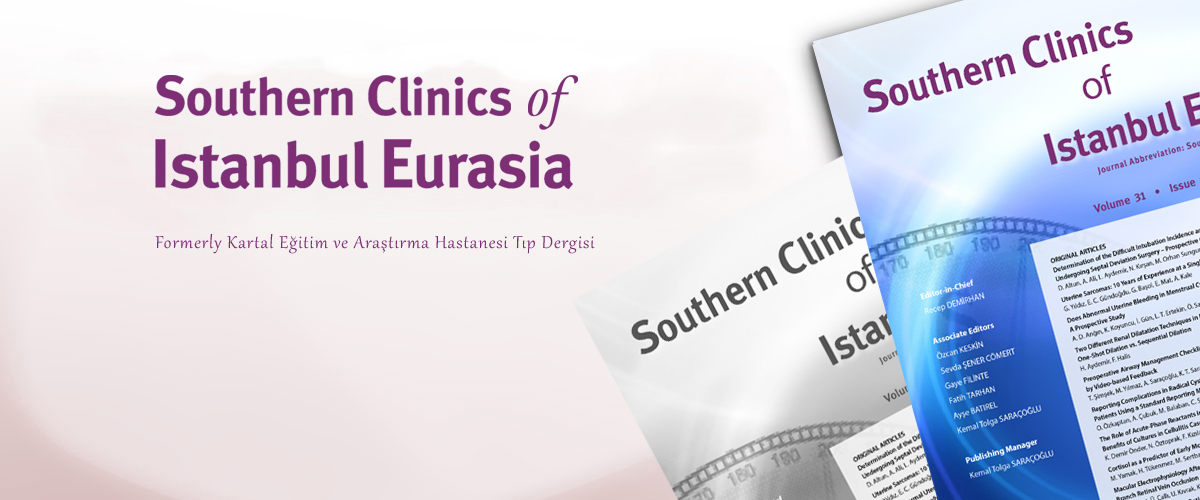ISSN : 2587-0998
SARS-CoV-2: Virolojisi ve Tanıda Kullanılan Mikrobiyolojik Testler
Serap Demir TekolKartal Dr. Lütfi Kırdar Şehir Hastanesi, Tıbbi Mikrobiyoloji Kliniği, İstanbulAğır solunum yetersizliği ile seyreden Coronavirus Disease 2019 (COVID-19)un etkeni olan Severe Acute Respiratory Syndrome-Coronavirus 2 (SARS-CoV-2), Coronavirus ailesi içinde yer alan yeni bir türdür. HCoV-229E, HCoV-NL63, HCoV-OC43, HCoV-HKU1, MERS-CoV ve SARS-CoVdan sonra insanları enfekte edebilen yedinci koronavirüs olan SARS-CoV-2 betakoronavirüs cinsi içinde yer almaktadır. Koronavirüsler, 65125 nm çapında zarflı, tek zincirli, pozitif polariteli RNA virüsleridir. RNA virüsleri içinde en büyük genom
yapısına sahiptirler. Bu özellikleri nedeniyle konak genomuna entegre olmadan, kendi viral genomlarını kalıp olarak kullanarak replike olurlar. Replikasyon aşamasında, genomun yapısında bulunan gen bölgeleri yapısal ve yapısal olmayan proteinleri kodlar. Yapısal proteinler virionun bir araya getirilmesi ve enfeksiyon patogenezinde rol almaktadır. Virüsün tipik şeklini veren Spike proteini (S), konak hücreye tutunmayı sağlayan özel bağlanma bölgesi içerir. Konak hücrede, virüsün hedefi kalp, akciğerler, böbrekler ve gastrointestinal sistemde bulunan anjiyotensin dönüştürücü enzim-2 reseptörüdür. Hücre içinde gelişen tüm replikasyon döngüsü sitoplazmada gerçekleşir. SARS-CoV-2 viral yapısı ve enfeksiyon patogenezi hakkındaki bilgiler, SARS-CoV ve MERS-CoV ile ilgili yapılan çalışmalara dayanmaktadır. SARS-CoV-2ye özgü, detaylı araştırmalar virüsün yapısı ve patogenezinin tam olarak aydınlatılmasını sağlayacaktır.
SARS-CoV-2: Virology and Microbiological Diagnostic Tests
Serap Demir TekolDepartment Of Microbiology, Kartal Dr Lütfi Kırdar City Hospital, Istanbul, TurkeySevere Acute Respiratory Syndrome-Coronavirus 2 (SARS-CoV-2), is the causative agent of Coronavirus Disease 2019 (COVID-19) presented with severe respiratory failure. SARS-CoV-2 is a new virus within the family of coronavirus. SARS-CoV-2 is included in the genus
betacoronavirus as the seventh coronavirus that can infect humans following HCoV-229E, HCoV-NL63, HCoV-OC43, HCoV-HKU1, MERSCoV and SARS-CoV. Coronaviruses are enveloped, single-stranded, positive sense RNA viruses with a diameter of 65125 nm. It has the largest genome structure among RNA viruses. Due to these features, it replicates itself via using its own viral genome as a template without being integrated into the host genome. During replication stage, gene regions of the genome encode structural and non-structural proteins. Structural proteins play role in the assembling of virion and in the pathogenesis of infection. Spike protein (S), which gives the typical form of the virus, contains a particular binding place that allows attachment to the host cell. Target of the virus is the angiotensin converting enzyme-2 receptor, which is located in the heart, lungs, kidneys and gastrointestinal tract in the host cell. The cytoplasm inside the host cell is the place where the entire replication cycle occurs. Currently, SARS-CoV-2 viral structure information and the pathogenesis of infection are based on studies on SARS-CoV and MERS-CoV. SARS-CoV-2 dedicated analysis and research is required to fully understand the structure and pathogenesis of the virus.
Makale Dili: Türkçe

